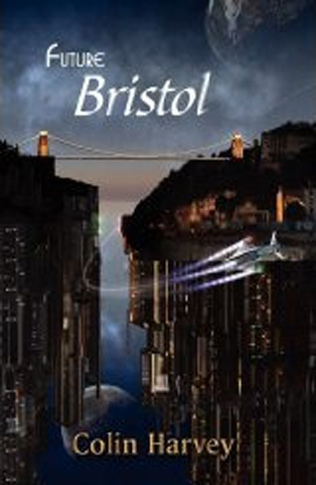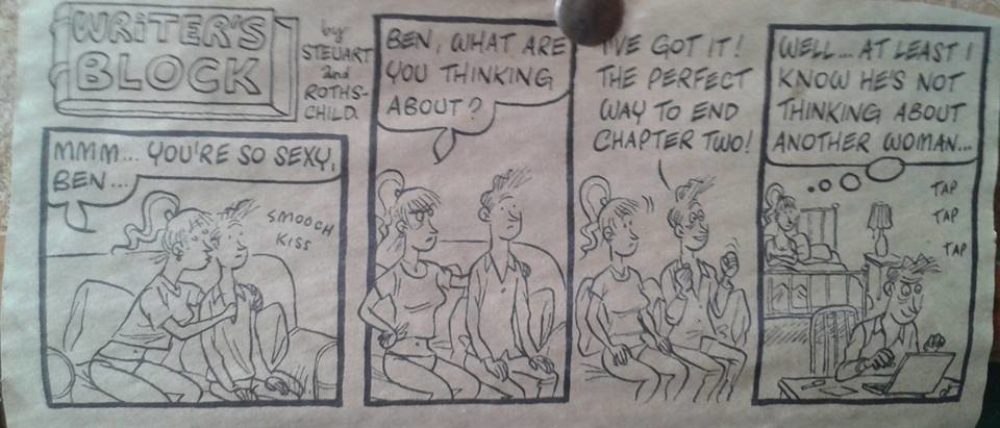
Colin Harvey (Ed.) – Future Bristol
Swimming Kangaroo Books, 2009, 234 + x pp, £9.99, ISBN 978-1-934041-93-2
Future Bristol is a collection of love stories towards the city of Bristol – not just future but also past, possible present and sideways. And why not? Bristol is, or should be, a science fiction city, as editor Colin Harvey points out in his Introduction. It probably has more Brunel monuments than any other city – Temple Meads station, the SS Great Britain, the Clifton suspension bridge. And who could forget Concorde, or the Bristol Brabazon, a double decker airliner long before that interloper the A380?
Actually the authors all have amnesia as regards the Brabazon, but Brunel does very nicely and his work appears in most of the stories. Most often it’s the bridge, but the Great Britain turns up in a role that might have surprised her builder – a pirate flagship in Joanne Hall’s enjoyable future noir “Pirates of the Cumberland Basin”.
In Liz Williams’s “Isambard’s Kingdom”, Brunel and his bridge itself are co-opted by mysterious forces to ensure that the future he builds is the right one. Several stories sidle up to the fact that Bristol was built on a dark past of slavery and oppression, as well as the nicer things we would rather remember, but Liz’s faces up to it squarely, accepts the fact, and offers Bristol’s redemption.
Nick Walters’ “Trespassers” introduces us to the exciting world of Urbex – the very real world but extremely science fictional past time of exploring derelict manmade structures. An evocative venture into the ghostly, abandoned passages of the Clifton Rocks Railway – a Victorian funicular tunnelled into the cliffs of the gorge – leads to an encounter with similar minded but far more advanced beings doing their own unique form of urban exploration.
I was expecting to like Jim Mortimore’s “The Sun in the Bone House” the least, not because of the author (who has a fine body of spinoffery behind him) but because of an unpromising start that uses jumped up present tense narration and jumbled images. It may be artistic to some points of view but usually a turn-off for me. Then I ended up perhaps enjoying it the most for the ease with which he takes Bristol from a prehistoric collection of hovels to the jewel of a glorious post-Stapledon, post-human, post-material universe, all in the space of 5000 words. Bristol at the end of time – who’d have thunk?
There are no duds, though some work better than others. The whole collection is a good read by a good set of authors. It may help to know Bristol better than I do but it’s no showstopper if you don’t. Above all, it does what Harvey says he wanted to do in the Introduction: the writers send up a flare to anyone of a similar mind in the Bristol area, and Bristol itself sends up a flare to the rest of the world. In both cases it says, here we are!
